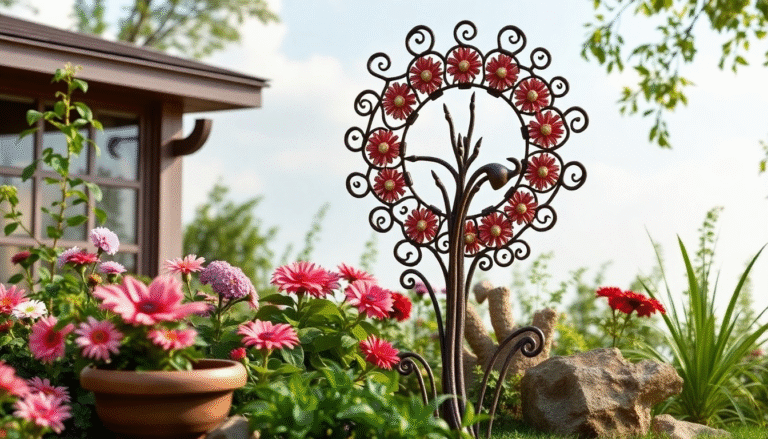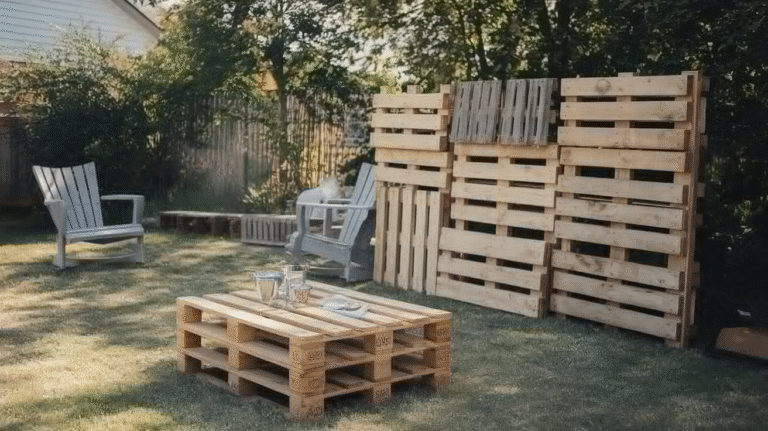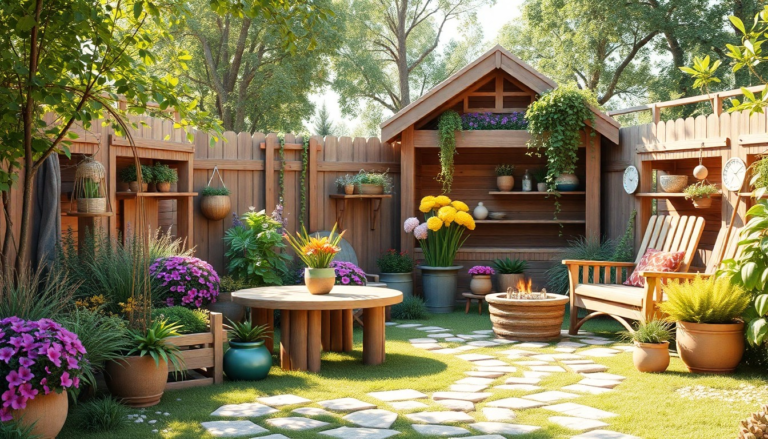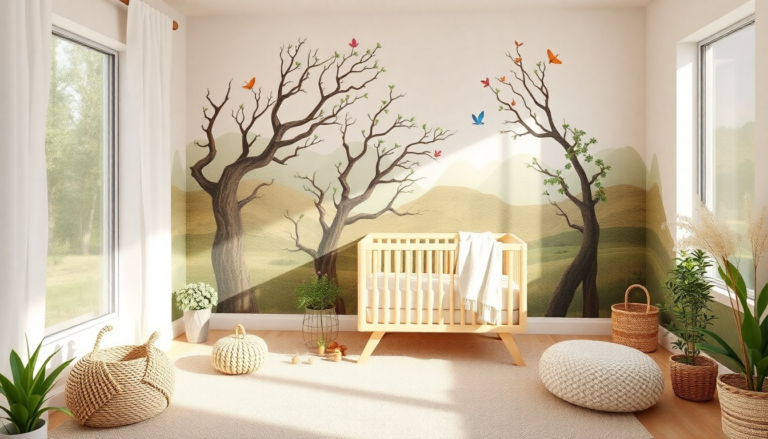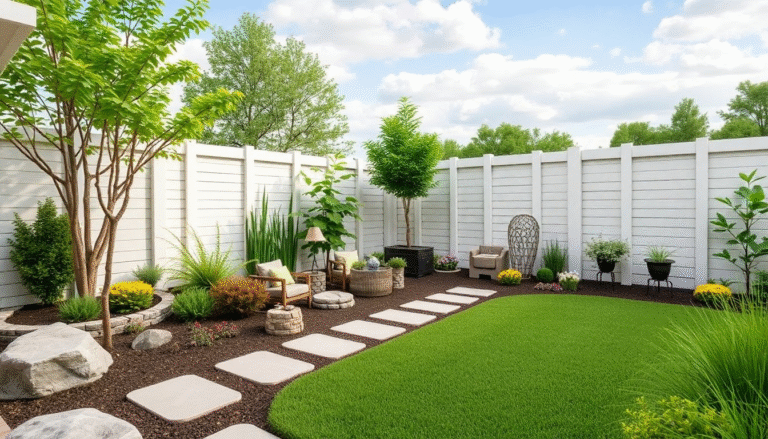25 Small Garden Design Ideas
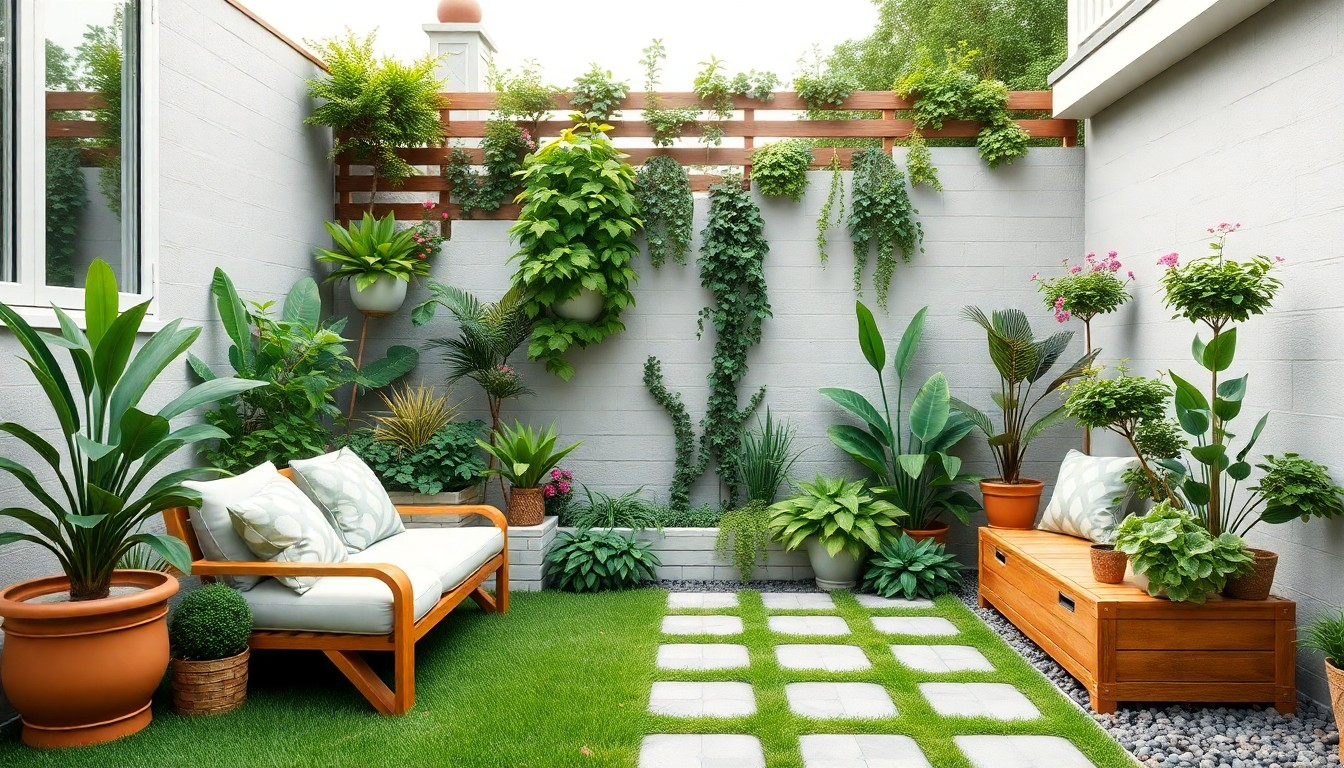
Let’s get one thing clear—small does not mean limiting.
A small garden is a blank canvas just waiting to be transformed into a pocket-sized paradise. Think of it like packing for a weekend getaway.
You don’t need ten pairs of shoes—you need the right pair.
Designing a small garden is exactly like that. Precision, personality, and planning are everything.
Whether you’ve got a petite patio, a balcony barely big enough for a chair, or a postage-stamp patch behind your house, I’m about to walk you through 25 game-changing small garden design ideas that can turn even the tiniest outdoor area into your own lush retreat.
Vertical Gardening: Go Up, Not Out
If your floor space is limited, walls are your best friends. Think of them like blank pages in a sketchbook—just waiting for color, life, and texture.
Use trellises, wall-mounted planters, or even repurposed wooden pallets to grow herbs, succulents, or trailing plants.
Vertical gardening isn’t just practical—it’s visually stunning.
Hanging greenery creates a waterfall effect that draws the eye upward, making the space feel taller and grander.
According to the Royal Horticultural Society, vertical gardening can increase growing space by up to 70% in small urban gardens.
That’s not a suggestion—it’s a design hack with superpowers.
Raised Beds for Structure and Depth
Raised garden beds are the VIPs of small garden design.
They give your space definition, improve soil drainage, and make maintenance easier—especially if you’re not keen on kneeling every five minutes.
You can build them with timber, bricks, or recycled materials. Arrange them in geometric patterns to create mini garden rooms.
One of my neighbors built a single L-shaped raised bed that doubled as a bench.
Now she sips wine on basil-scented summer evenings, lounging on her oregano-laced ottoman. Genius.
Mirror Magic: Illusions of Space
Mirrors aren’t just for bathrooms and selfie corners.
In a garden, a well-placed mirror can double the visual space and bounce light into shaded areas.
Attach a vintage window mirror to a fence or wall, and suddenly your modest garden looks like it has a secret twin.
Be strategic though—don’t place them where they reflect harsh light or create a blinding glare. Think woodland glimmer, not laser tag arena.
Multi-Functional Furniture
When space is tight, every inch matters—and so does every item you bring into your garden.
Opt for benches with built-in storage, fold-out tables, or stools that double as plant stands.
A friend of mine installed a slim wooden bench that houses all her gardening tools inside. When guests come over, it’s seating.
When she’s alone, it’s her worktable. When it rains, it’s storage. That bench wears more hats than a Shakespearean actor.
Use Gravel Paths to Create Movement
Gravel is inexpensive, permeable, and brings a quaint cottage feel even to ultra-modern spaces.
Laying a slim gravel path through your garden gives structure and movement, leading the eye naturally from one point to another.
It’s the visual equivalent of punctuation in a sentence. Your eye pauses, travels, and anticipates what’s next.
Bonus: Gravel paths help with drainage, reducing the risk of waterlogging in small spaces.
Think Diagonally
Don’t be afraid to break the box.
Laying tiles, planks, or planting beds on a diagonal creates an optical illusion that makes your garden appear larger than it is.
It forces the eye to stretch and explore rather than just march straight forward.
A diagonal layout adds dynamism. It’s like giving your garden a little jazz rhythm rather than a dull nursery rhyme.
Tiered Planting for Drama and Depth
Stack your plants like a three-layer cake: low-growers in front, medium-height flora in the middle, and tall plants or climbers at the back.
This tiered planting technique not only maximizes sunlight exposure for all but also creates a theatrical display of texture and color.
It’s like a botanical symphony—each layer playing its part in harmony. Plus, you’ll avoid overcrowding, which is the fast lane to garden chaos.
Use Color to Expand Space
Lighter colors reflect light, while darker shades absorb it.
To make your garden feel bigger, go for pale paving stones, light gravel, or pastel-hued pots. Use white or soft blue walls as backdrops.
Even painting your fences a light color can open up the space dramatically.
Statistically, color psychology plays a significant role in perceived space.
According to a environmental design study, light color palettes can increase the perception of space by up to 40%.
Container Gardening Mastery
Containers give you control, versatility, and portability.
You can move them around, swap out seasonal plants, or create height by stacking pots on stands.
Use large containers for focal points and smaller ones for fillers. Group them in odd numbers for a natural, curated look.
Mixing textures—ceramic, terracotta, concrete—adds even more interest.
Container gardening is your best friend when the ground beneath your feet is concrete or wood.
Foldable Furniture for Flexibility
You don’t have to commit to permanent installations. Invest in foldable chairs, collapsible tables, or stackable stools that can be stored away easily.
Picture this: You host a dinner under the stars.
The next morning, you collapse everything and get your full garden space back for yoga or a mini dance party.
Flexibility is king in small garden design.
Incorporate Edible Landscaping
Plant herbs and vegetables not just for consumption but for design flair.
A border of thyme, chives in pots, kale with vibrant purple hues—these edible plants bring texture and scent.
According to the National Gardening Association, edible landscapes are becoming a major trend, with over 35% of gardeners growing food in urban spaces.
It’s beauty with benefits. Your garden becomes a salad bar and a visual treat in one.
Create Garden Zones
Even in a small space, defining zones makes it feel organized and intentional.
Use different flooring materials—gravel for sitting areas, tiles for pathways, wooden decking for dining.
Each change signals a shift in function and mood.
You don’t need walls—just clever transitions. Think of your garden as a tiny apartment: kitchen (herb patch), living room (seating), and gallery (flower beds).
Opt for Climbing Plants
Climbing roses, clematis, jasmine—these vertical growers are your secret weapons. They transform dull fences or walls into living green sculptures.
Train them with wire grids or trellises. Their blooms will perfume the air and add a sense of lush depth.
Plus, they take up minimal horizontal space, making them perfect for tight plots.
Water Features for a Focal Point
You don’t need a full koi pond.
A small ceramic fountain or wall-mounted waterfall can add ambience and movement without taking up more than a few feet.
The sound of running water masks city noise and creates a sense of tranquility.
According to a study in Landscape and Urban Planning, auditory stimuli like flowing water reduce stress levels by up to 23%.
Use Repetition to Create Flow
Just like a good novel needs recurring motifs, your garden will look more cohesive and calming when you repeat elements.
Use the same style of pot, repeat a color scheme, or plant the same flower in different zones.
This trick leads the eye and builds rhythm, making your space feel more expansive and less chaotic.
Mirrors and Windows on Fences
Here’s a personal favorite: I installed an old window frame on my garden fence and filled the “panes” with climbing ivy.
It looked like my garden had a whole other green room behind the fence. Friends kept trying to peek through it.
Fake windows and framed mirrors on fences create the illusion of depth and make your space feel like it has more to reveal.
Outdoor Lighting for Nighttime Magic
Install fairy lights, solar lanterns, or LED spotlights to highlight features and extend the life of your garden into the evening hours.
Lighting defines zones, adds drama, and gives your space a warm, cozy glow.
Hanging string lights overhead also draws the eye upward, again helping the space feel more open.
Grow Up with Hanging Baskets
Hanging baskets let you utilize airspace. Mix trailing plants like petunias, ferns, and ivy for a living chandelier effect.
Hang them from pergolas, brackets, or even tree branches. A well-placed hanging basket can turn dead space into a floating garden of wonder.
Maximize Corners
Corners often go ignored. Don’t let them. Use L-shaped seating, triangular raised beds, or tall corner planters to maximize every inch.
Filling corners creates a sense of enclosure and coziness. It’s like putting a bow on the end of a wrapped gift—everything looks intentional.
Mini Greenhouses or Cold Frames
A compact cold frame or lean-to greenhouse can be a game-changer.
It extends your growing season, protects delicate seedlings, and fits even on a small balcony.
Many models are no bigger than a bookcase, but they pack a punch.
Especially useful if you’re experimenting with tomatoes or herbs that need a little TLC.
Think Low Maintenance
Choose plants that thrive in your climate and require minimal fuss. Look into native plants, succulents, or drought-resistant varieties.
This isn’t just a time-saver—it’s smart design.
You don’t want to spend all summer nursing finicky flowers when hardy ones could give you lush color with half the effort.
Use Textures and Layers
Pair smooth ceramic pots with rough stone, glossy leaves with feathery ferns.
Layer textures the way you’d layer throw pillows or clothes—it creates visual richness.
Texture adds intrigue and depth, which in a small garden is just as important as color. It makes you want to reach out and touch every inch.
Create a Living Wall
Living walls are vertical gardens taken to the next level. Modular panels let you grow dozens of plants on a single fence or frame.
These walls not only beautify but filter air and insulate your space.
Studies show living walls can reduce ambient temperatures by up to 4°C (7°F) in hot months. Style meets science.
Personal Touches: The Soul of Small Gardens
A garden isn’t just a collection of plants—it’s your outdoor autobiography.
Add hand-painted signs, vintage watering cans, or wind chimes from your travels.
The more personal it feels, the more connected you’ll be.
One of my happiest afternoons was spent hand-painting garden labels with my niece, using chalk markers on river stones.
Still makes me smile every time I water the lavender.
Seasonal Rotation Keeps It Fresh
Keep your garden evolving. Rotate in pansies for spring, sunflowers for summer, ornamental cabbage for fall.
This not only keeps it looking fresh but lets you experiment with new combinations.
It’s like swapping out your wardrobe for the seasons—your garden deserves variety too.
Conclusion
Designing a small garden isn’t about working with less—it’s about doing more with less.
It’s about intentional choices, creative thinking, and squeezing every drop of beauty out of every square inch.
These 25 ideas are not a checklist—they’re invitations.
Invitations to experiment, personalize, and turn your little patch of earth into a space that reflects who you are.
Whether you’re hanging a basket, planting a climber, or arranging your first container grouping, just remember: the smallest gardens often hold the biggest magic.

